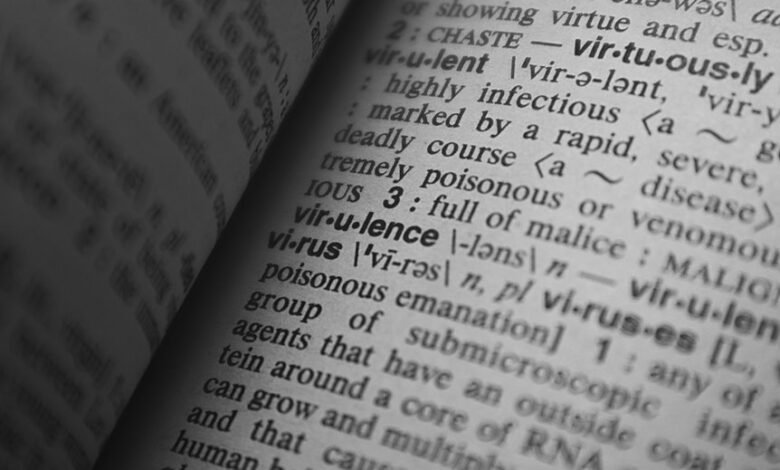52013l4 – Meaning & Explanation

52013l4 serves as a pivotal regulatory framework influencing various industries. Its provisions emphasize accountability and transparency, guiding organizations through complex legal landscapes. By understanding its key components, businesses and individuals can better navigate the challenges of compliance. This code not only shapes operational practices but also encourages a culture of responsibility. What are the specific implications for those who engage with it, and how can they effectively adapt their strategies?
Overview of 52013l4
The term “52013l4” refers to a specific code or designation that holds significance within certain regulatory, legal, or technical contexts.
Understanding its historical context reveals its evolution and the legal significance it carries today.
This designation may influence various sectors, affecting compliance and operational standards, thus shaping the landscape for those seeking clarity and freedom within complex regulatory frameworks.
Key Components and Provisions
Understanding the implications of 52013l4 requires an examination of its key components and provisions, which lay the groundwork for its application across various sectors.
Key provisions focus on establishing compliance requirements that ensure accountability and transparency.
These components are designed to empower individuals and organizations, fostering a culture of freedom while meeting necessary legal obligations.
This balance is essential for effective implementation.
Implications for Businesses and Individuals
Navigating the implications of 52013l4 presents significant challenges and opportunities for both businesses and individuals.
The business impact can be profound, necessitating strategic adjustments to align with new expectations.
Simultaneously, individuals must embrace personal responsibility, adapting their practices to ensure compliance.
This dual focus encourages a culture of proactive engagement, fostering both innovation and accountability in a rapidly evolving landscape.
Navigating Compliance and Regulatory Challenges
Compliance with regulatory frameworks such as 52013l4 requires meticulous attention to detail and a comprehensive understanding of the evolving legal landscape.
Organizations must develop robust compliance strategies to navigate these challenges effectively. By staying informed and proactive, businesses can mitigate risks associated with non-compliance while fostering a culture of accountability that promotes both freedom and innovation within a regulated environment.
Conclusion
In conclusion, 52013l4 serves as a vital framework that not only mandates accountability and transparency but also challenges organizations to innovate within regulatory boundaries. The theory that strict regulations stifle creativity is debunked here; instead, 52013l4 encourages a culture where compliance and innovation coexist. By understanding and embracing its provisions, businesses and individuals can effectively navigate the complexities of compliance, ultimately fostering a more responsible and dynamic operational environment.




